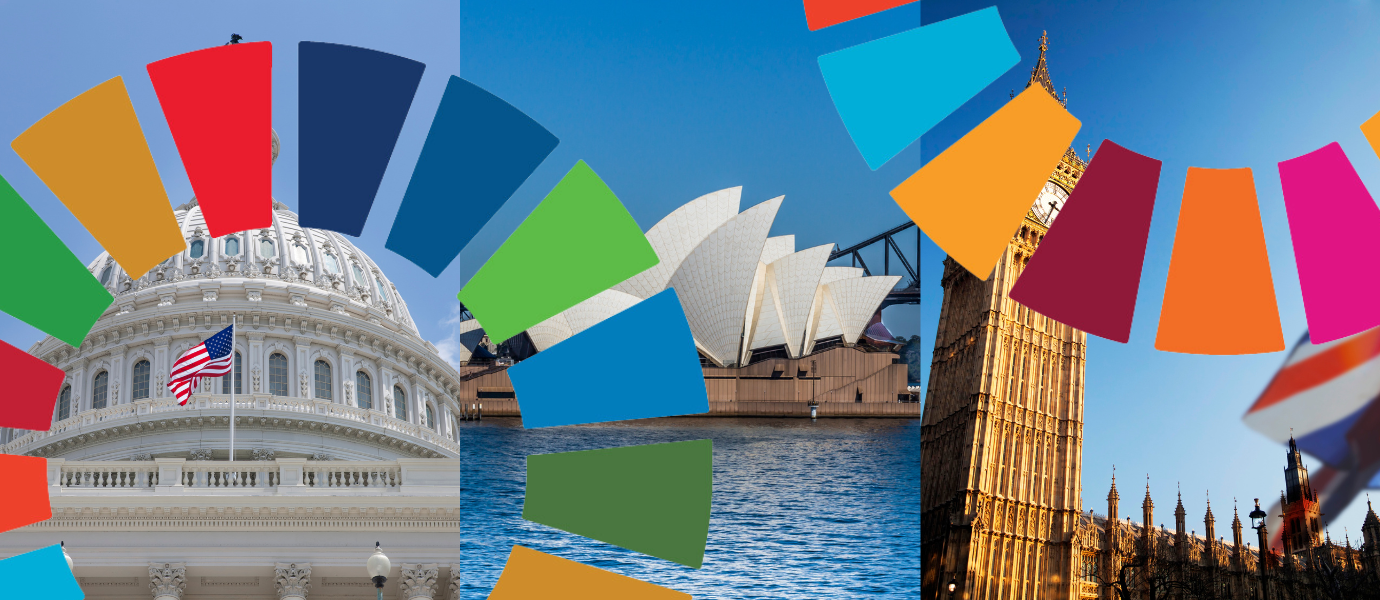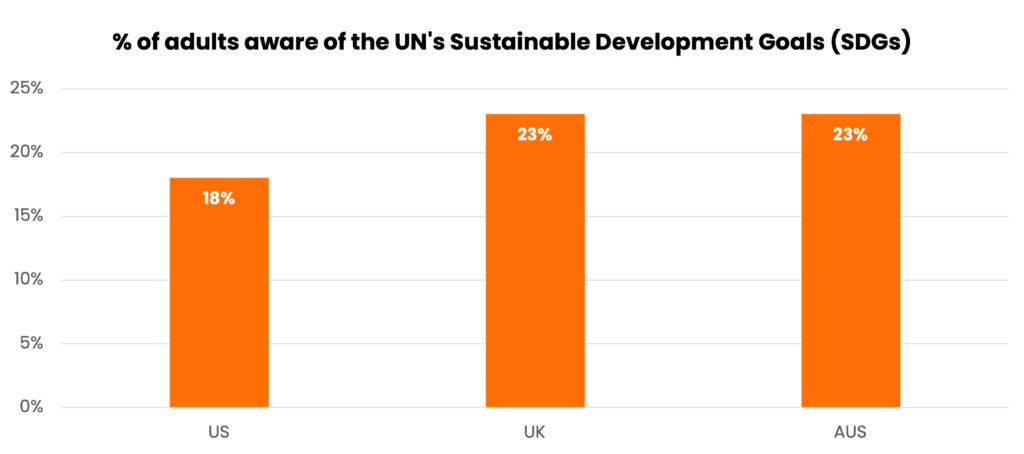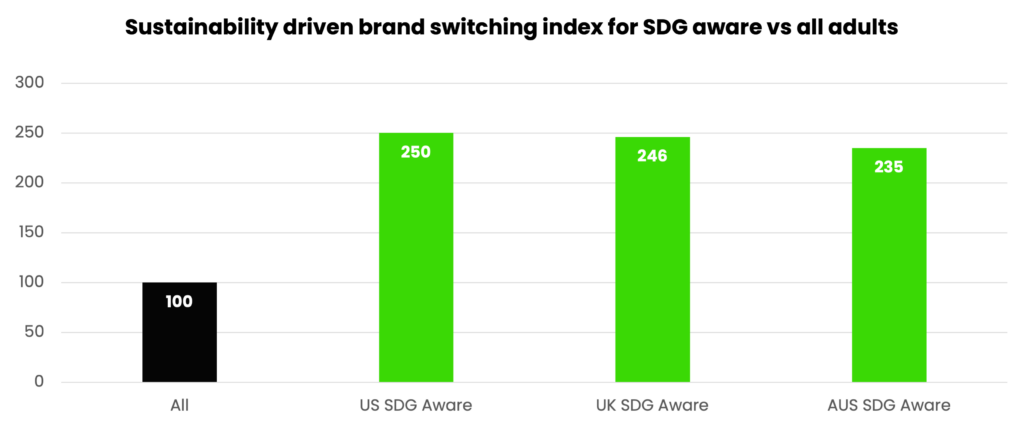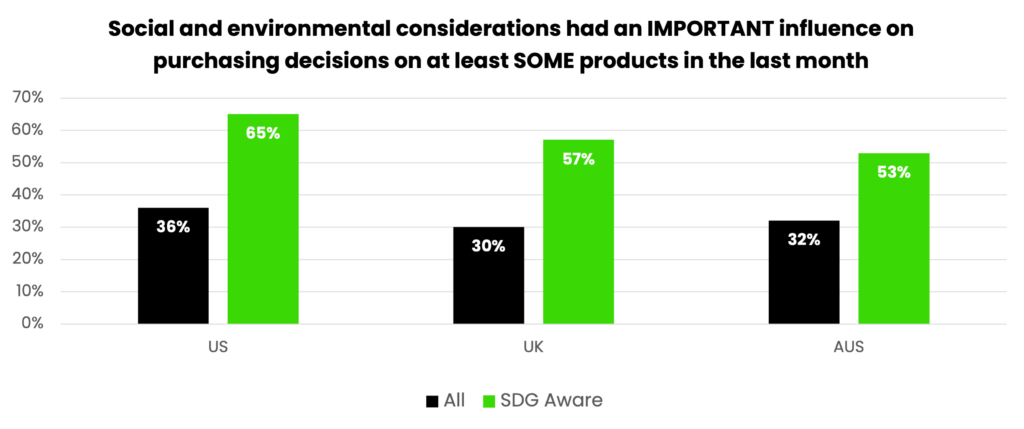In June 2024, the United Nations issued a stark warning: the world is not on track to achieve the Sustainable Development Goals (SDGs). In fact, only 17% of goals are on track for 2030 targets, aimed at bringing peace and prosperity to people and the planet.
With global crises compounding existing challenges, progress has stalled in critical areas like poverty, hunger, and climate action. UN Secretary-General António Guterres called for “rescue plans” to accelerate progress, emphasising that governments, businesses, and individuals must work together.
Since then things have taken a turn for the worse, with more damning climate statistics, escalating war in multiple regions and the appointment of a climate denier to lead the world’s largest economy.

Action requires understanding
Simulating government, business and citizens to act requires aligning efforts behind the same goals. But how can we collaborate when we lack a common language to measure and align our efforts? The SDGs are supposed to provide that language—a universal framework for sustainable progress. Yet research from Glow reveals a critical gap: public awareness and understanding of the SDGs remain alarmingly low, threatening their effectiveness. It’s time to bridge this gap and turn shared intentions into coordinated action.
The Awareness Problem: A Disconnect Holding Us Back
Despite global government alignment behind the SDGs as a guiding framework, Glow’s data shows:
- Awareness is low. Only 18% of US adults, 23% of Britons, and 23% of Australians are aware of the SDGs.
- Knowledge is shallow. Among those aware, most have only a superficial understanding, with fewer than 1 in 20 overall claiming some familiarity.
- Demographic divides. Awareness skews toward younger people, males, and more affluent households, leaving many key demographics behind.
Awareness Unlocks Action
Educating the public on the SDGs is essential because awareness directly correlates with action:
Brand switching is 2.5x higher amongst the SDG aware
SDG-aware citizens claim to have recently switched brands based on social or environmental considerations at 2.5 times the rate of all adults.
Greater influence on purchases
Sustainability considerations are a significant purchase influence for 1 in 2 SDG-aware consumers, compared to 1 in 3 adults.
This data highlights the power of education in activating citizen behaviour. When individuals understand the SDGs, they claim to make more informed choices, creating stronger demand signals for businesses to act responsibly.
Global Priorities Show Alignment
Despite the awareness gap, when people are introduced to the SDGs, they consistently prioritise similar goals:
- Clean Water & Sanitation, No Poverty, Good Health, and Zero Hunger rank among the top SDGs across the US, UK, and Australia.
- In the UK and Australia, Climate Action and Affordable Clean Energy are additional priorities.
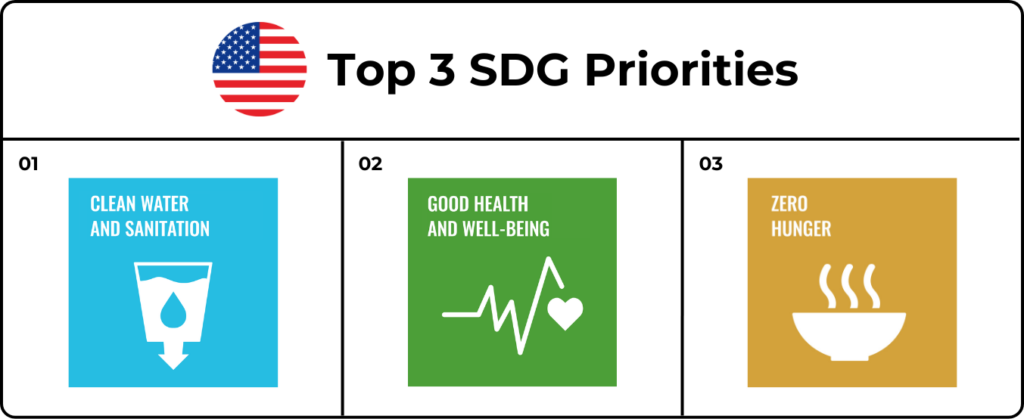
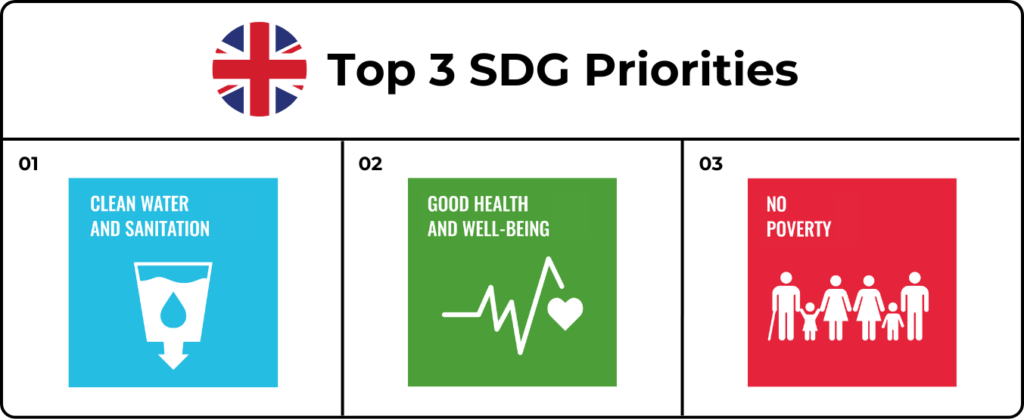
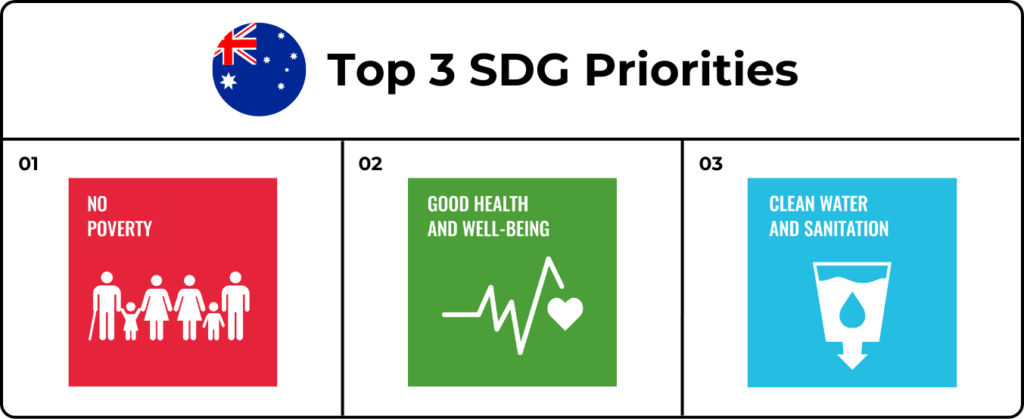
These shared concerns highlight where businesses and governments can focus on driving meaningful change.
Demographic Differences Reveal Opportunities
Targeted engagement is crucial, as priorities vary by age and region:
- Older people: Focus on Clean Water, Affordable Clean Energy, and, in the US, Good Health and Zero Hunger.
- Younger people: Broader priorities, with Gender Equality, Quality Education, and Decent Work standing out in the UK and Australia.
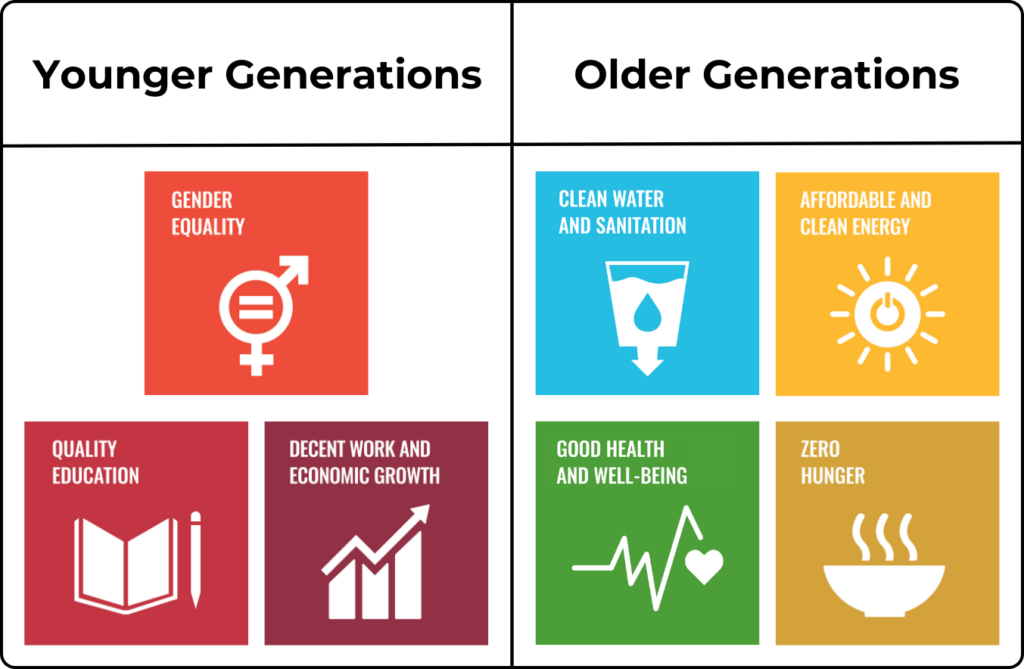
Businesses must tailor their messaging to these demographic preferences while maintaining the universal language of the SDGs.
What Needs to Happen Next
To address the UN’s call for accelerated SDG progress, businesses need to:
- Use the SDGs as a framework for strategies so you build your programs with the SDGs embedded from the outset.
- Educate consumers about your sustainability efforts, explicitly tying your actions to the SDGs to educate as you inform.
- Actively communicate your actions outside of annual reports as disclosure is not enough to cut through to consumers.
Now is not the time for greenhushing, it is the time to demonstrate action and progress, acknowledging that there is more to do.
As citizens, we also have a responsibility to demand accountability from the businesses we shop with and the products we buy. And to vote with our wallets for the businesses making a difference.
Turning Awareness Into Impact
The UN’s warning makes it clear: time is running out. The SDGs offer the best global framework to achieve sustainable change—but only if they are widely understood and adopted. By bridging the awareness gap, we can empower consumers, align efforts across sectors, and accelerate progress toward the goals we all share.
Ready to align your business with the SDGs? Glow’s sustainability research products can help you turn sustainable action into a competitive advantage. Learn more here.
Data source:
Data was collected by Glow’s Omnibus Jan-March 2025 (except where otherwise stated), based on a nationally representative sample of adults 18+ in each market on age, gender and location.
Sample size: Australia n=5,475 | UK n=2,438 | US n=5,082
About Glow:
Glow is a research technology business that offers a range of sustainability measurement products using its proprietary Social Responsibility Score. Glow’s sustainability research products help businesses turn sustainable action into a competitive advantage. Glow supports SDGs 11 Climate Action, 5 Gender Equality, 10 Reduced Inequalities, 3 Good Health & Wellbeing and 12 Responsible Consumption & Production.
Written by:

Mike Johnston
Managing Director, Data Products at Glow
